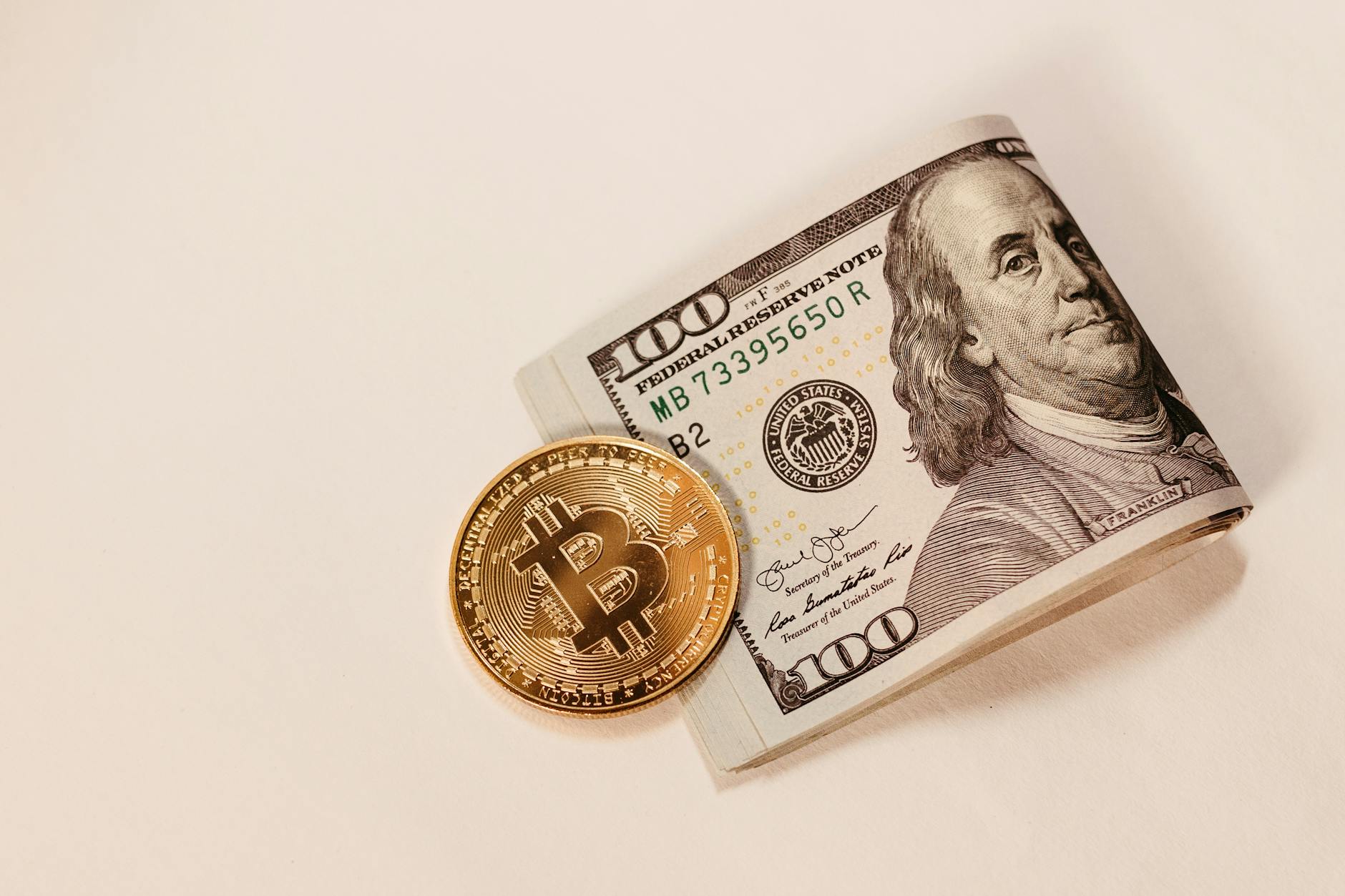As the dust settles on recent economic turbulence, Bitcoin's ability to soar past the $110,000 mark is not just a win for crypto enthusiasts but a clear indicator of broader market sentiment. According to Crypto Briefing, the easing of tariff concerns and a better-than-expected inflation report have set the stage for what might be a continued rally in Bitcoin's value.
The latest US inflation data, clocking in at a modest increase of 0.1% on a monthly basis, has seemingly contributed to a cautiously optimistic outlook among investors. Nic Puckrin, a seasoned crypto analyst, emphasizes that the mild inflation rates combined with a de-escalation in tariff tensions between the US and China present a favorable environment for Bitcoin. It's a scenario that hints at the possibility of lowered economic barriers and increased flows into 'riskier' assets like cryptocurrencies.
Economically speaking, the moderate increase in the year-over-year inflation rate - now at 2.4% - could influence the Federal Reserve's stance on interest rates. While the Fed is often seen as moving with a deliberate slowness, signs of controlled inflation and resolution of trade disputes might just provide enough stability to consider rate adjustments. This potential for a rate cut could act as a catalyst for further investment in Bitcoin, especially among those looking to hedge against currency devaluation.
Moreover, the reduction in housing costs, mainly attributed to President Donald Trump's deportation policies, could compound this effect. Housing represents a significant portion of the inflation basket, and any reduction in this area could directly influence overall inflation figures. Puckrin rightly points out that lower housing costs could not only stabilize consumer prices but also extend a lifeline to Bitcoin's value, which often thrives in low-inflation scenarios.
However, this optimistic view is not without its caveats. While Bitcoin's recent price movements are promising, the overarching volatility of the crypto market remains. Investors and market observers should keep an eye on ongoing geopolitical developments and their potential to disrupt economic stability. Furthermore, as discussed in a recent Radom Insights post, the evolving regulatory landscape for cryptocurrencies in the US could influence market dynamics significantly, introducing either headwinds or tailwinds depending on the nature of future regulations.
In conclusion, while the current economic indicators seem to support a bullish outlook for Bitcoin, stakeholders should maintain a balanced view. The interplay between easing tariffs, consumer price stability, and regulatory developments will likely dictate Bitcoin's trajectory in the months to come. The cryptocurrency market, by nature, is bound to surprises and shifts that defy even the most informed predictions.



